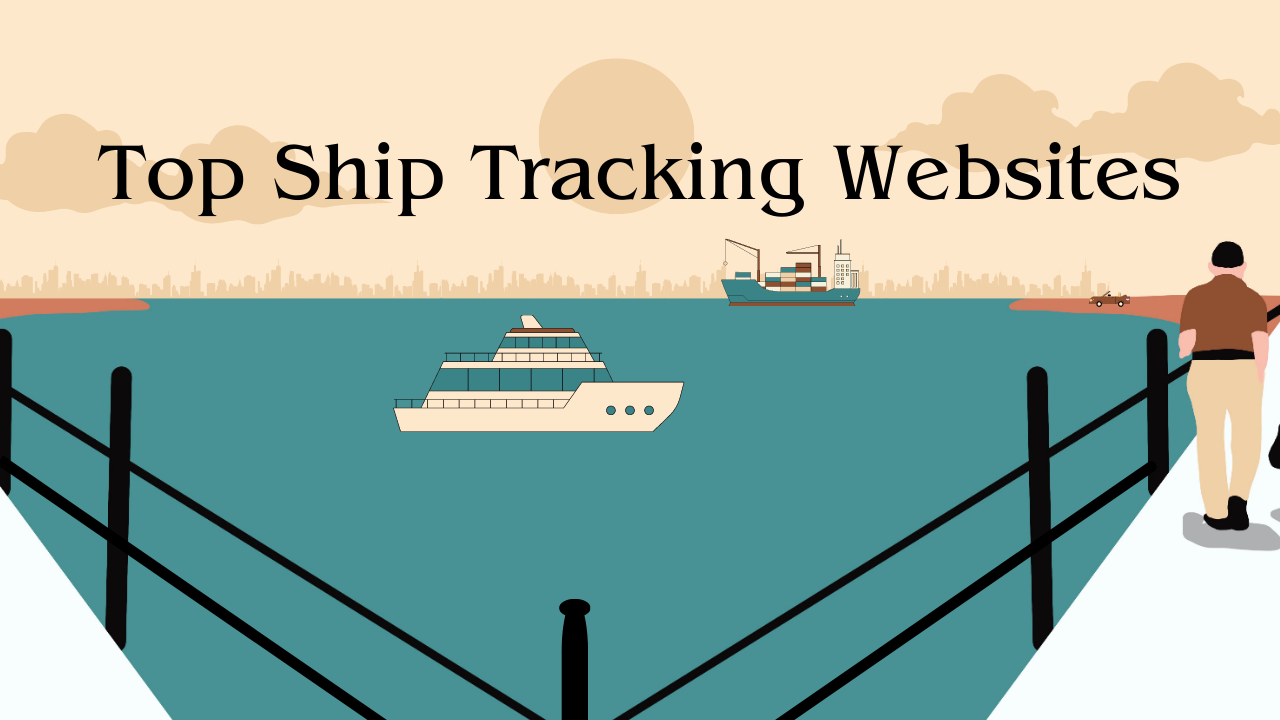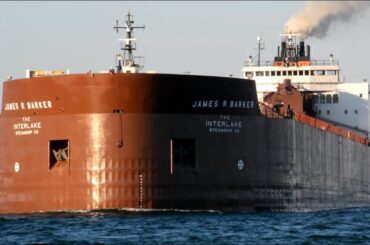Ship tracking has become increasingly important in the modern maritime industry. As a result, numerous websites have been created to provide up-to-date information about vessels and their locations. This article will discuss eight of the best ship tracking websites available, highlighting their features and capabilities. Each website provides accurate real-time data to enable users to monitor vessel movements with confidence. Furthermore, these sites can be used for multiple purposes such as fleet management or route planning. In summary, this article outlines the top 8 ship tracking websites that offer comprehensive coverage and reliable performance.
Overview Of Ship Tracking Platforms
Ship tracking platforms are designed to monitor the movement of vessels in real-time. They allow users to access vital information such as vessel position, speed and direction, cargo type and quantity, port calls, estimated time of arrivals (ETAs) and more. Ship tracking websites provide a comprehensive overview of maritime activity by providing detailed insights into global shipping operations.
The use of ship tracking systems has become increasingly popular over recent years due to advancements in technology that have enabled greater visibility across the world’s oceans. With this increase in visibility comes improved safety for seafarers and better coordination between ports, customers and service providers. Furthermore, it allows stakeholders to optimize their supply chains while reducing costs associated with delays or mismanagement of goods during transit. To ensure accuracy and reliability when accessing maritime data, selecting a reputable tracking platform is essential.
Benefits Of Using An Online Tracking System
The advantages of using an online tracking system are numerous. Ship tracking benefits include the ability to track a ship’s exact location, receive accurate and timely information on shipping status, as well as access real-time updates from ports and other locations. Additionally, with online tracking platforms users have the capability to easily view vessel histories over time and even create customized reports for specific vessels or routes.
Using an online tracking platform also offers further advantages including improved data accuracy, efficient route optimization, automated notifications when ships enter/leave port, increased safety compliance measures, cost savings in fuel consumption due to optimized routing and more control over supplies. Furthermore, by utilizing advanced analytics capabilities within these systems businesses can gain deeper insights into their supply chain operations that can help them make better decisions and improve efficiency. With all these benefits it’s clear why so many companies choose to use an online tracking system for their maritime operations.
Features To Consider In A Tracking Website
When selecting a tracking website, there are specific features to consider. Ship tracking features should include accurate ship location data and the capability to customize the tracking performance. By having this information at one’s disposal, it is much easier to know where the vessel is located and when it will reach its destination.
In addition, reliable ship tracking websites provide an array of additional services such as alerts for arrival and departure times as well as notifications about any changes in route or schedule. Furthermore, many sites deliver real-time updates on weather conditions that may affect ships in transit. This can be especially useful for those who need to plan their trips according to changing environmental factors. All these details allow users to make informed decisions and remain updated on the status of their vessels during shipping operations.
With these considerations in mind, individuals can choose a suitable website based on their individual needs and preferences for ship tracking accuracy and convenience.
Popular Sites For Locating Ships
Ship tracking websites provide a wealth of maritime information to vessel owners and operators. Popular sites offer real-time ship position tracking, voyage data, port calls, and other related information. The following are some of the most popular sites for locating ships.
MarineTraffic is one of the world’s leading providers of ship-locator services. It offers comprehensive coverage on global vessel movements with over 6 million monthly users accessing their website daily. MarineTraffic also provides access to AIS-based vessel tracking, route planning tools, historical archives and more.

VesselFinder is an advanced ship-finder service that allows users to track vessels in real time. VesselFinder displays current positions as well as past tracks for individual ships or groups of vessels. This platform also offers satellite images, arrival & departure times and notifications when vessels enter/leave ports or approach coastal areas.

FleetMon is a powerful maritime-tracking system that uses both AIS and terrestrial receivers to monitor fleet movements worldwide. Their web interface helps users quickly identify vessels by name or MMSI number while providing detailed voyage data such as speed, port call dates & cargo type along with photos uploaded from crew members onboard the ship.

My Ship Tracking provides live updates on arrivals & departures at all major ports around the globe including current ETA’s (estimated time of arrival) & ETD’s (estimated time of departure). My Ship Tracking also features ‘ship finder’ capabilities which allow users to locate any specific vessel using its IMO (International Maritime Organization) number or call sign.

In addition to these platforms there are several others available offering similar features like PortVision Global, SeaTrack Plus and Oceansystems which provide advanced vessel monitoring solutions ideal for professional mariners looking for reliable navigation assistance when out at sea. These applications feature ishipnnovative technologies allowing them to accurately pinpoint locations even in challenging conditions making them indispensable tools for efficient shipping operations management today
Tips On Using A Ship Tracker
Now that we have looked at some of the most popular ship tracking websites, it is important to understand how to use them. In this section, we will cover a few tips on using a ship tracker and getting the best results from your search.
Ship Tracker Usage:
- Narrow Your Search Criteria: When searching for a particular vessel, narrowing down the search criteria can help you get more accurate information faster. For example, if you are looking for a specific type of container ship, limiting your search by size or destination port can improve accuracy.
- Use Accurate Information: Always make sure to enter as much accurate data as possible when entering in your search criteria. This includes the name of the vessel, its flag state, and other identifying details such as IMO number or MMSI code. If any of this information is incorrect or missing, it could lead to inaccurate results being returned.
Ship Locating Advice:
- Check Multiple Sources: It is always good practice to check multiple sources before making decisions based on ship-tracking information. There may be discrepancies between different trackers due to outdated data or technical issues with certain sites.
- Monitor Shipping Traffic: Monitoring shipping traffic can give valuable insight into what vessels are currently headed towards which ports and when they plan on arriving there. This provides useful context for understanding why ships might not appear where expected or why delays may occur during transit times.
The best way to ensure success when utilizing these websites is to know exactly what you are looking for and double-check all data entered in order to refine your searches accordingly. Utilizing these ship-tracking tips can go a long way towards helping users locate their desired ships quickly and accurately without wasting time scrolling through irrelevant results.
Conclusion
The use of online ship tracking platforms has become increasingly popular as a way to quickly and accurately track ships. These websites provide users with up-to-date information on the whereabouts of their vessel, enabling them to make informed decisions about their shipping needs. With so many options available, it is important to understand the benefits that each website offers, as well as features to consider when selecting one for your own purposes. Popular sites such as Ship Finder, Marine Traffic, and My Fleet have established themselves in the industry by providing reliable data and intuitive user experiences. Ultimately, choosing an ideal site depends entirely on individual requirements; however, there are certain tips that can help ensure proper usage of any given platform.
By understanding the advantages associated with online ship tracking tools and considering factors such as accuracy rate and ease of use before committing to a service provider, users can maximize the efficiency of locating vessels while maintaining safety standards. Additionally, familiarizing oneself with key terms such as AIS (Automatic Identification System) or ETA (Estimated Time of Arrival) helps one better navigate through various interfaces and extract valuable insights from real-time data. When used properly, these powerful maritime tracking systems can be invaluable resources to those involved in international commerce or recreational activities alike.







